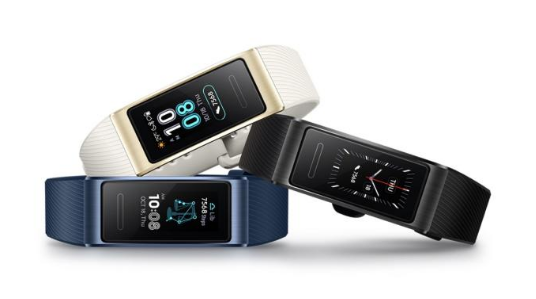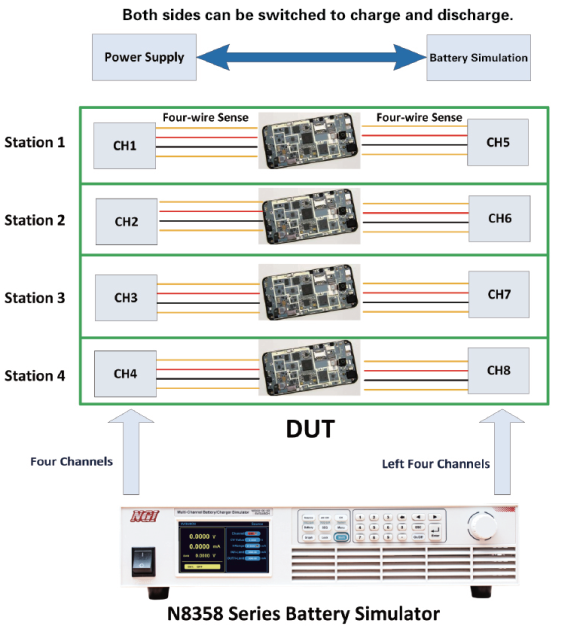- Community
- Industry Information
- Application of NGI Battery Simulator in Smart Wearable Device Testing
Application of NGI Battery Simulator in Smart Wearable Device Testing
 November 22, 2021
November 22, 2021
With the continuous development and integration of mobile communications, image technology, artificial intelligence and other technologies, more and more artificial intelligence products have entered the life of the public. Smart wearable devices are rapidly spreading and are widely used in various fields such as healthcare, navigation, social networking, business and media, and can bring new experiences to life through different scenarios.
A smart wearable device is a hardware terminal that combines multimedia, sensing, identification, wireless communication, cloud services and other technologies with daily wear to realize user interaction, life entertainment, health monitoring and other functions. There are smart watches, smart bracelets, smart glasses, smart clothing and so on in our common life. Whether we use smart wearable devices to track steps or record sleep time, we all hope that the devices we use are accurate and reliable. Therefore, in order to ensure the reliability and accuracy of the device, smart wearable devices must be completed strict and comprehensive test before delivery.

If a real battery is used for test and research, battery purchasing and maintenance cost a lot. Furthermore, for experiments under extreme conditions, the batteries are often damaged, which slows down the research progress. Therefore, using a battery simulator to replace a real battery can reduce costs, speed up the project progress, and reduce the inconvenience of operation and use. NGI N8358 series high-accuracy programmable battery simulators have multiple test functions, such as source mode, charge mode, battery simulation, SOC test, etc., which are completely suitable for battery-powered smart wearable device test.

Thinness, tininess, and lightness are the basic requirements for smart wearable devices. Therefore, the battery life of wearable devices has become a key factor in gaining market share. The current accuracy of NGI N8358 series battery simulator is as high as 1μA. Engineers can use N8358 battery simulator to simulate the output characteristics of batteries, can intuitively test the small current in standby state, and analyze the standby power consumption of the wearable device.

N8358 series battery simulators have bidirectional current, with SOC test and internal resistance simulation functions, which can be used to simulate changes in battery capacity and judge the working status of smart wearable devices. At the same time, N8358's fast dynamic response time of 10ms allows N8358 to switch quickly and continuously between the output current and the input current, which can effectively avoid voltage or current overshoot and is very suitable for smart wearable device testing.
N8358 series battery simulator also has fault simulation, DVM and current auto-ranging functions. N8358 can provide repeatable test results. In the event of a failure in the test, N8358 can reproduce the failure, which can ensure the performance safety of the smart wearable device.
N8358 series battery simulator integrates 8 independent output channels in a 19-inch 2U chassis. Each channel can be flexibly controlled to realize PCB jigsaw loading test, which greatly improves the test efficiency.
Quick Selection
|
Model |
Specification |
Model |
Specification |
Model |
Specification |
|
N8358-06-01 |
6V/1A/6W/8CH |
N8358-06-03 |
6V/3A/18W/8CH |
N8358-15-01 |
15V/1A/15W/8CH |
|
N8358-06-02 |
6V/2A/12W/8CH |
N8358-05-05 |
5V/5A/25W/8CH |
N8358-15-05 |
15V/5A/75W/8CH |










 export@ngitech.cn
export@ngitech.cn +86 19330858550
+86 19330858550 Feedback
Feedback